The US is leaving the Paris Agreement: How that will affect the global mission to affect climate change
The country has lost its standing as a climate leader, but it can get it back.
The U.S. is set to officially withdraw from the Paris Climate Agreement on Wednesday, three years after President Donald Trump announced his intent to remove the country from participating in the global forum to reduce greenhouse gas emissions.
The historic accord seeks to limit global warming to less than 2 degrees Celsius, the value that climate scientists have determined will have disastrous consequences if exceeded. Trump has assailed the agreement as economically detrimental and claimed it could cost the country 2.5 million jobs by 2025. He also said it gave other major emitters, such as China, a free pass.
While a number of environmental policy experts believe the move was a step back from what was previously seen as an era of environmental responsibility during the Obama administration, several who spoke to ABC News on the issue agreed that the U.S. has the ability to regain a title as a world leader in climate action in the coming years.

The U.S. lost its standing as a climate leader under Trump: Experts
Since 2017, Trump has walked back dozens of environmental protections, including several on drilling and emissions. The Obama administration, on the other hand, influenced other major emitters around the world to take action and former Vice President Joe Biden has pledged to pursue even more aggressive environmental goals if he is elected president.
Biden has vowed to re-enter the Paris accord if elected, a move that could take less than six months, Varun Sivaram, senior research scholar at Columbia University's SIPA Center on Global Energy Policy, told ABC News.
"Over the last four years, the Trump administration has sharply diminished the United States’ standing in the world," in terms of environmental policy, Sivaram said.
"The United States is already viewed around the world by other countries, our allies and adversaries alike, as kind of global scofflaw, as a country that can’t be counted on to take its alliances seriously," he added. "And we’ve done it time and time again in the last four years, in other areas of foreign relations and especially in the area of climate."
During Trump's first three years in office, the communique for the G20 summit did not include any mention of climate change, and the U.S. has not even come close to meeting its goal set at the 2015 Paris summit to reduce emissions by 26% to 28% by 2025, according to the experts.
The U.S. also has not kept its commitment to double funding for innovation and clean energy research development by 2021, experts said.
A projection by the Energy Information Administration found that Trump is on track to preside over one of America's sharpest drops in fossil fuel emissions -- 10% for 2020. However, that decrease, which the EIA says is due to the COVID-19 pandemic, represents the largest drop since the 2008 recession, which saw a 7.3% decline.
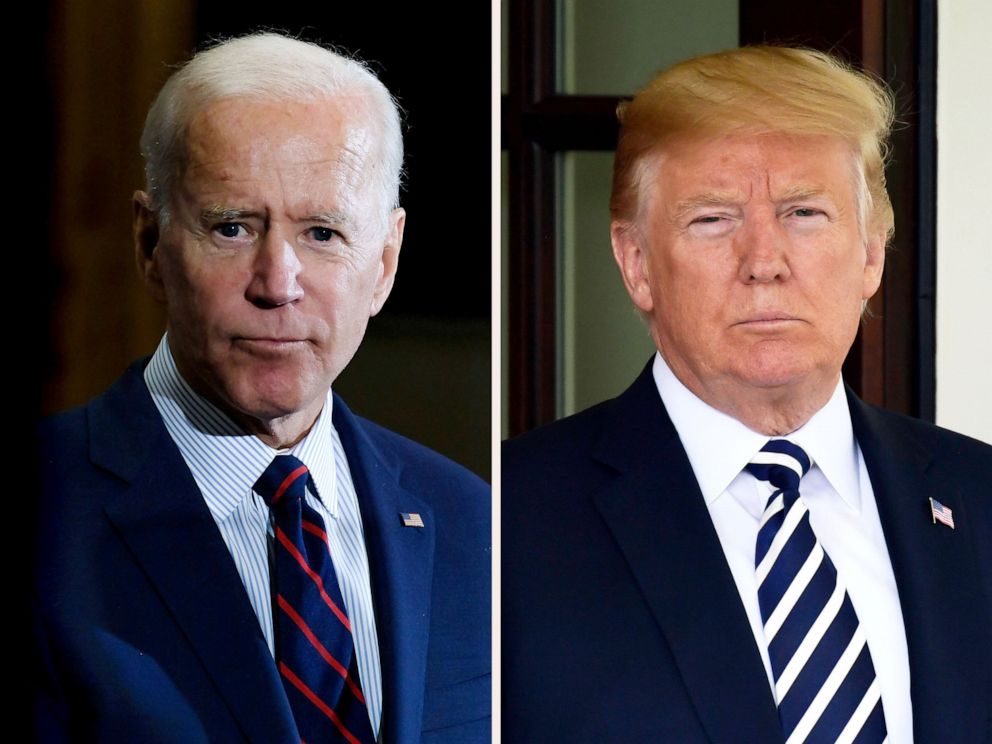
The environment is on the ballot, experts say
When voters cast their ballots on Election Day, many will be making the decision on how the country will move forward on climate action, experts said.
Trump's administration has gone after the strict emissions regulations in California, for instance, and experts expect him to continue denying the science behind topics such as climate change, natural disasters and even the COVID-19 pandemic, as well as a gravitate toward an expansion of oil and gas drilling.
Frances Moore, assistant professor in the department of environmental science and policy at the University of California, Davis, said she believes that if Trump is re-elected, it would cause Paris Agreement to experience a "slow, anemic decline."
"It’s unlikely, I think, that the Paris Agreement forum could survive as a serious international agreement that’s really motivating countries to do things that they otherwise wouldn’t be doing," if Trump were to remain president, she said.
Biden has outlined his commitment to protect the environment with a proposed a $5 trillion plan. His plan to address the climate emergency would aspire to a 100% clean energy economy and reaching net-zero emissions no later than 2050.
"The most important aspect" for federal climate action would be for the U.S. to resume international leadership, Philip Duffy, climate scientist and president and executive director of the Woodwell Climate Research Center, told ABC News.
"There’s a potential that that forum could really be re-invigorated by a Biden administration," Moore said. "And in particular, if a Biden administration were to kind of re-energize the U.S. domestic climate policy, that in turn will have a knock-on effect in the international arena."
While Biden's climate plan has been recognized as the most ambitious the U.S. has ever proposed, it still may not hit the mark, according to some critics.
His goal to zero-out electricity emissions by 2035, while aggressive, likely won't do enough to reduce greenhouse gases in the time that's needed, wrote The Week correspondent Ryan Cooper, and preventing the rest of the developing world, such as India, from following in China's emission-heavy footsteps would require a robust international investment fund, according to an analysis by Jacob Fawcett in the People's Policy Project.
Republicans, on the other hand, have criticized Biden's climate plan as being too expensive, with Vice President Mike Pence describing it as "a $2 trillion version of the Green New Deal" during his debate with Sen. Kamala Harris last month.
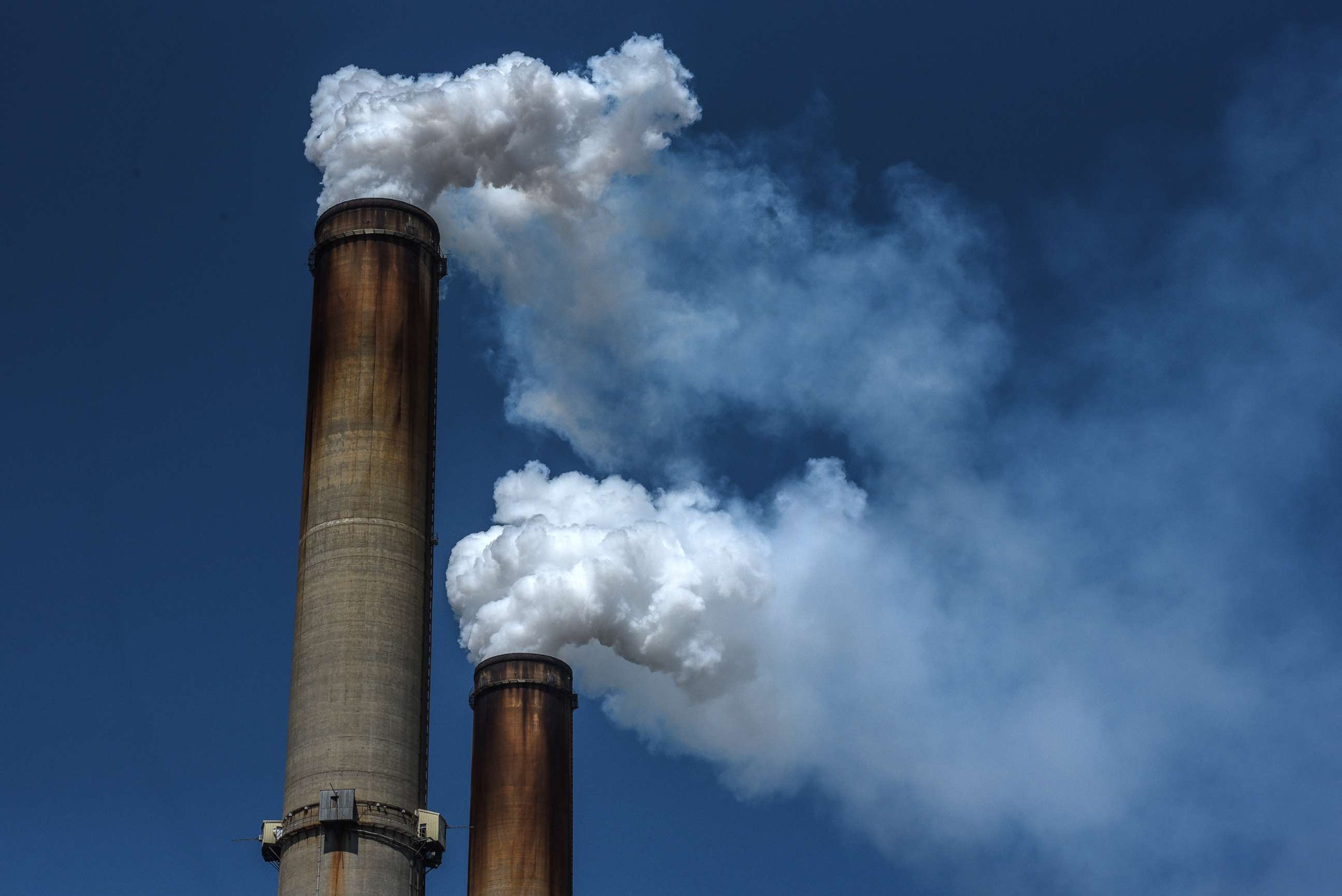
The US didn't need to leave the agreement in the first place
Trump said he withdrew from the Paris Agreement because it imposed an unfair burden on the U.S. and has done little to slow down emissions from other countries.
However, if the U.S. found the goals it set for itself in 2015 to be too ambitious, it could have simply changed them, rather than withdraw from the Paris accord altogether, according to the rules of the agreement.
The 195 countries that signed on to the accord made a voluntary and unilateral pledge about what they think thought they could accomplish, the experts said. This included developing countries that had refused to make any sort of commitment in the past as well as some developed nations.
The agreement also included a framework to assess progress every five years. This would enable governments to alter their commitments, known as nationally determined contributions, or NDCs, ideally by making them more ambitious as technology costs went down, but to also scale them back without penalty, if necessary.
"It’s not a one-size-fits-all, top-down commitment, where, for example, everybody would reduce greenhouse gas emissions by X percent," Duffy said.
Currently, the collective NDCs in the Paris Agreement still don't add up to 2 degrees Celsius, according to the experts. Countries will next have the opportunity to increase their commitments from the Paris Agreement at the United Nations Climate Change Conference in Glasgow, Scotland, in November 2021.
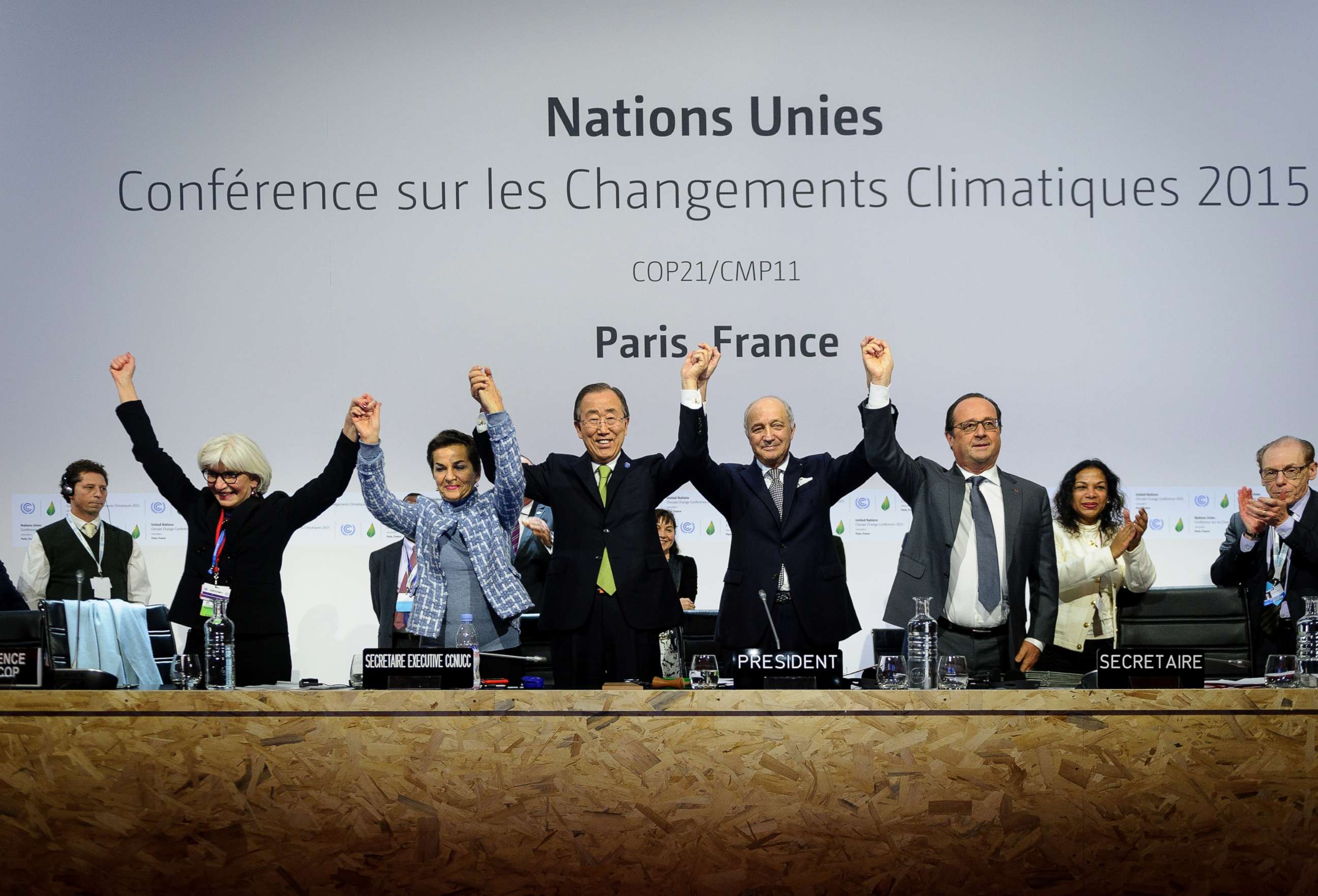
The biggest emitters in the world should take the lead, experts say
Experts say that the U.S., which has the second-largest amount of greenhouse gas emissions in the world now and has been since the Paris Agreement, and other leading emitters should lead the way to reducing emissions.
"It’s really difficult to imagine other kind of countries stepping up in terms of ambition and leadership to solve the climate crisis when the U.S. is kind of walking away from this agreement," Moore said.
In addition, Sivaram believes that the U.S. and other Western countries bear a "great historical responsibility" to the world for the Industrial Revolution, which spurred the trend of global warming.
"We’re this wealthy country with a large technological and great scientific enterprise," Moore said. "These are things that we can draw on to really lead the way on crafting this new low carbon economy."
While U.S. does not bear full responsibility for the climate problem, it can play a central role in helping to mitigate it.
During Obama's presidency, for instance, the U.S. would help to lead negotiations during the annual United Nations Conference of the Parties meetings for ambitious paths going forward, but this stopped once Trump went into office, he added.
Obama also assisted in what Sivaram described as a "critical breakthrough" at the 2009 Copenhagen summit that paved the way for a joint commitment by the U.S. and China to make a joint announcement on their intent take solid action on climate change in 2014.
Those actions eventually led to the creation of the Paris Agreement, Sivaram said.
"So, when the leading emitters sets ambitious goals, that raises the bar for everybody else," Duffy said.
While Obama is credited for leading the charge into the agreement, some have criticized him for failing to implement lasting change in the climate fight. Climate attorney David Bookbinder wrote in Vox in 2017 that the Obama's climate action policies didn't start until he was re-elected, largely because he was fearful of the political consequences that could follow.
Marianne Lavelle, politics reporter for Inside Climate News, agreed, writing in 2016 that all of Obama's achievements in climate change happened during his second term, describing his first term as "lost territory."
The year he went into office, Trump announced his intention to withdraw from the agreement, describing the pledge that the U.S. made as a "massive redistribution of United States wealth," that would "undermine our economy, hamstring our workers, weaken our sovereignty [and] impose unacceptable legal risk."
He added that he would be open to re-joining the accord after renegotiating a "deal that's fair."
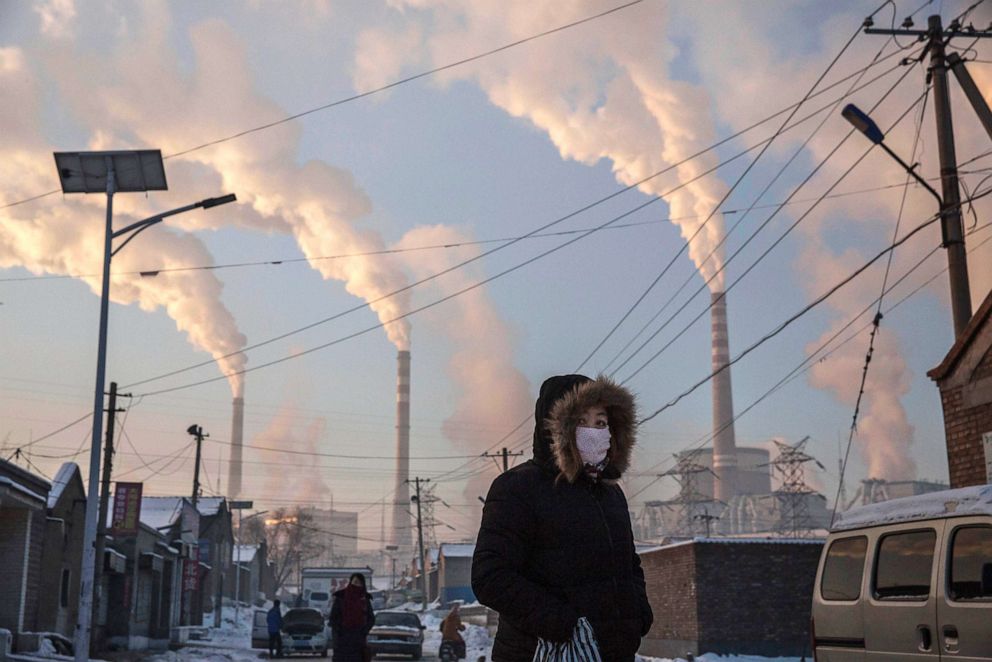
Why it pays for the U.S. to focus on climate change
The economic windfall that could result from the U.S. remaining in the Paris Agreement and doing the work to accomplish its goals could be vast, according to the experts.
The U.S. could potentially triple its investment in clean energy innovation and spur a competitive race to the top around the world, therefore driving down the cost of clean energy technologies as well as improving their performance, Sivaram said.
A lot of the solutions to reduce greenhouse gas emissions already exist, but it's currently too expensive to transition to clean energy as quickly as needed, the experts said,
Currently, 40 to 46 of the critical technologies for decarbonizing or reducing emissions to net zero are not on track, Sivaram said. While some, like solar and wind power have gotten dramatically cheaper, others, such as clean fuels for industries or long-distance transportation, the use of hydrogen and the use of digital technologies are still too expensive to implement in an efficient manner.
The book "Energizing America," which Sivaram co-wrote, forecasts that if the U.S. federal government launches a national energy innovation mission and triples its investment in clean energy innovation to $25 billion by 2025, it will create and sustain 1 million or more good, long-term jobs in some of these advanced energy industries.
The federal government is losing out financially by not putting climate action at the forefront of its agenda, Duffy said.
"I believe by not being more ambitious is we’re losing out on the opportunities to develop the solutions and sell them to the rest of the world," he said.
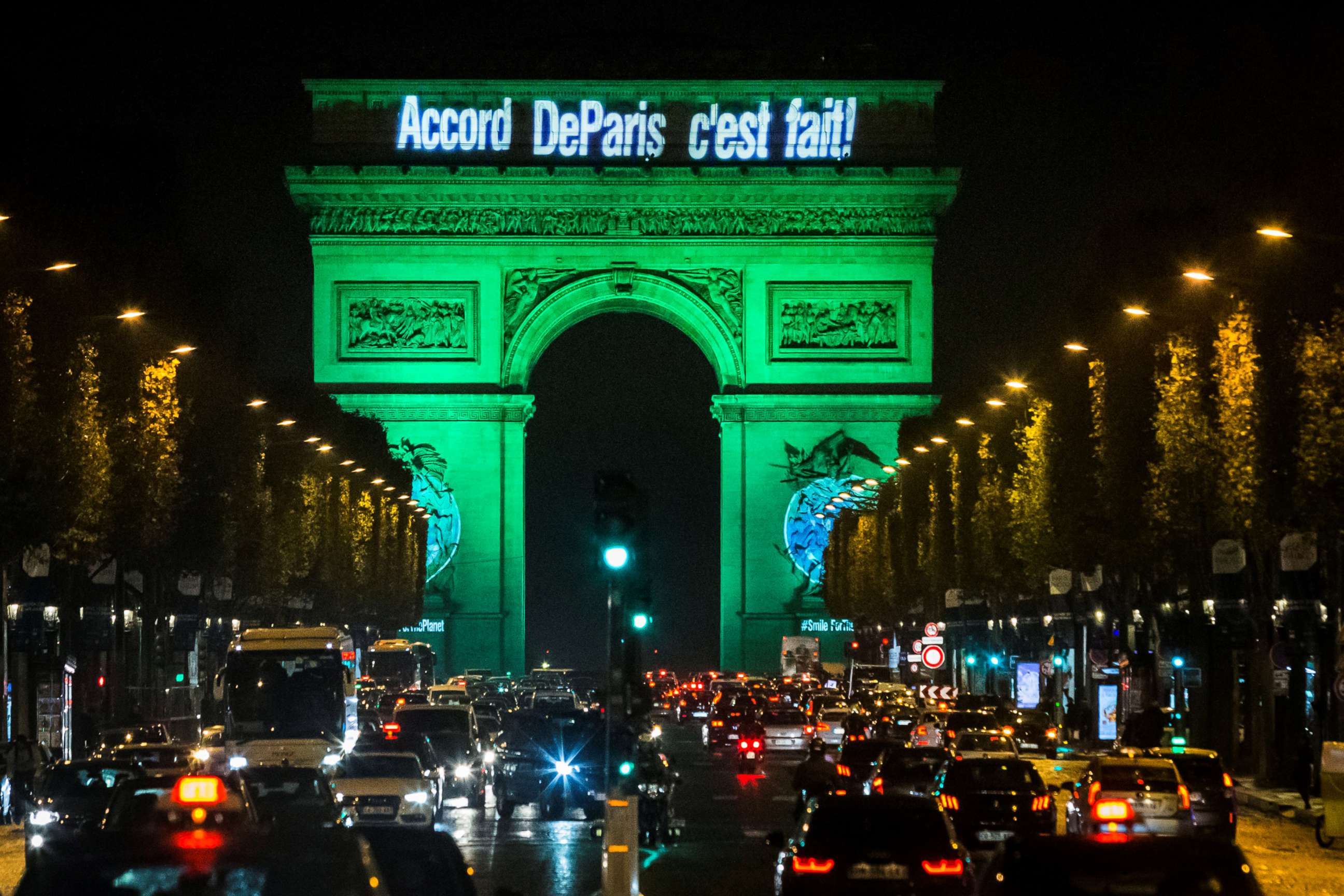
What's next for international efforts to reduce climate change?
The rest of the world is continuing to set ambitious goals to mitigate the rate of global warming without the U.S being on board.
Last month, Chinese President Xi Jinping announced the country's new target of economy-wide carbon neutrality by 2060. China, which is the world's largest emitter with 28% of global greenhouse gases, set its initial goal in the Paris Agreement for its emissions to peak by 2030.
"That is an astonishing goal," Sivaram said. "If China can pull that off it’ll be the most Herculean feat I think we’ve ever seen in the world."
China is also investing more money into low-carbon energy than any other country, Duffy said.
India, which experts say could become the world’s number one emitter of carbon dioxide later this century, is exceeding the Paris Agreement targets that it set and could set more ambitious targets in the run-up to the next major climate conference in 2021.
The European Union has made an ambitious set of commitments, which includes reducing their emissions by more than half by 2030 and become climate neutral by 2050, Sivaram said.
In order to meet the goals of the accord, countries are going to have to be much more ambitious, and the global clean energy transition away from fossil fuels and toward cleaner energy sources, such as renewable energy, will have to be much swifter.
"So, around the world, the major emitters, the major economies are taking their own action on climate change, and they don’t particularly care whether or not the United States is in or out, Sivaram said.
Local governments in the U.S. have stepped up to the climate fight in the absence of federal policy in the U.S., such as strict emissions regulations put in place in California, as well as a pledge by California, New York and Michigan to become carbon neutral by 2050.
These are moves that will likely reflect on the country as a whole in the eyes of the world, Moore said.




